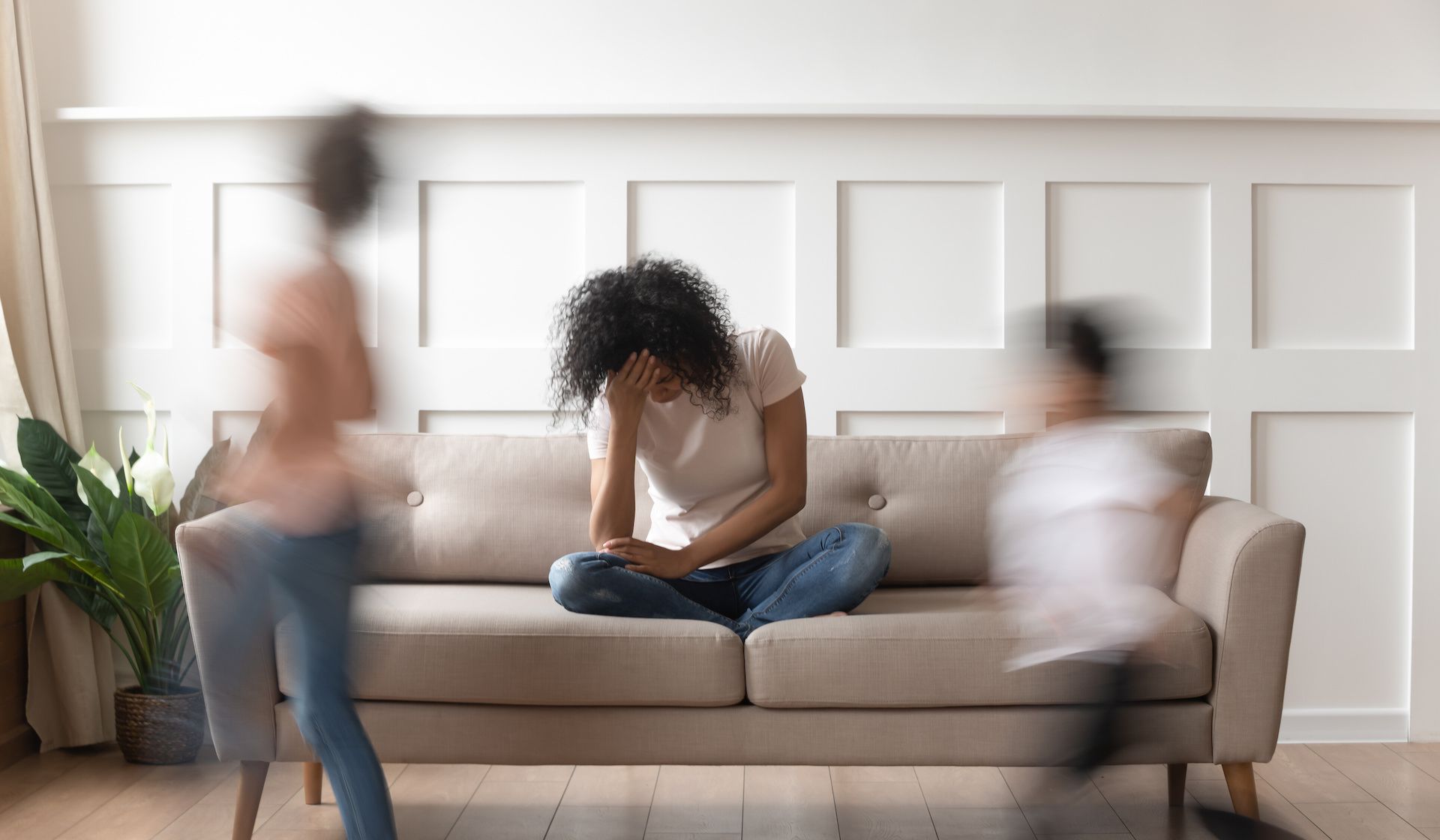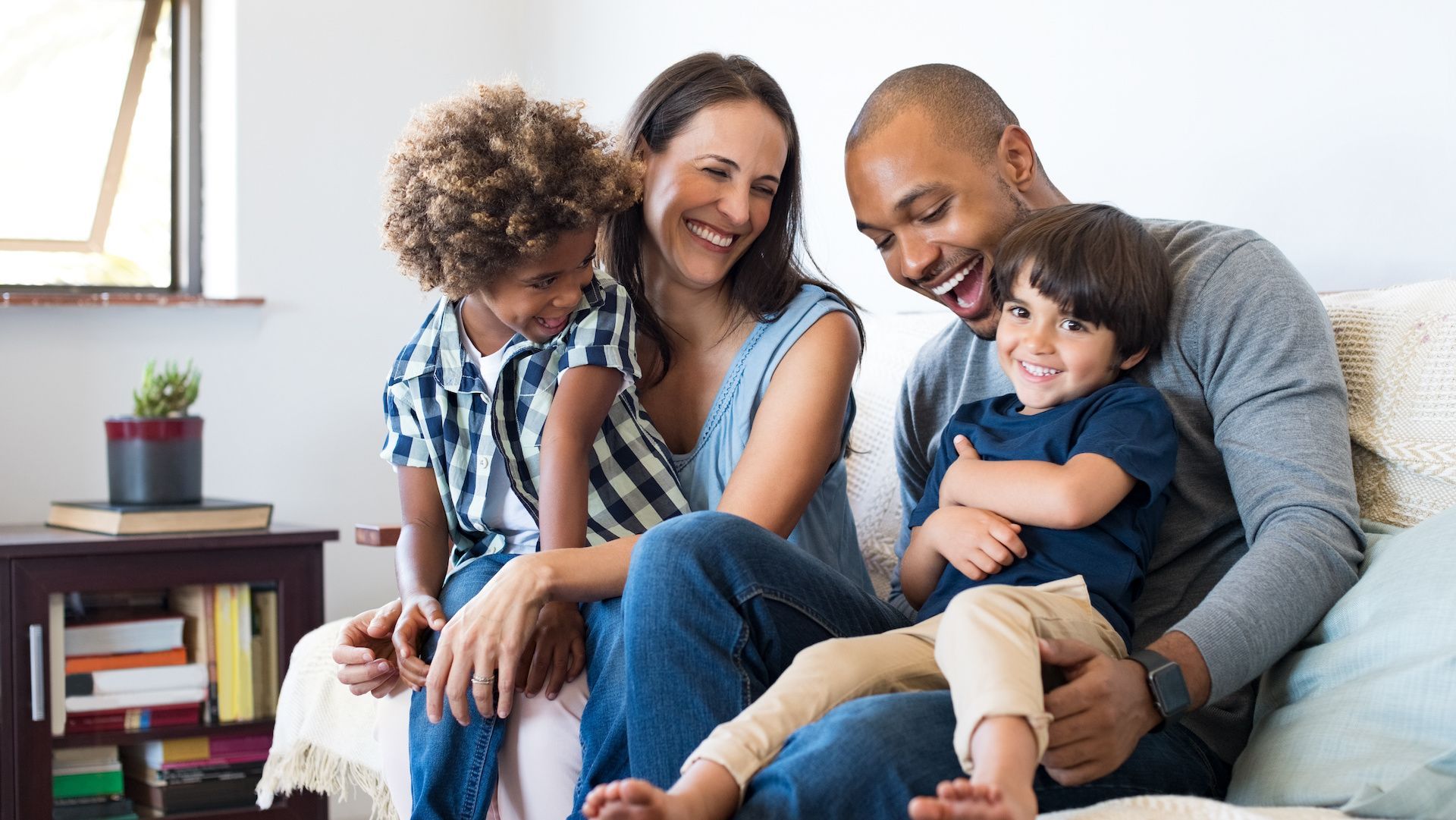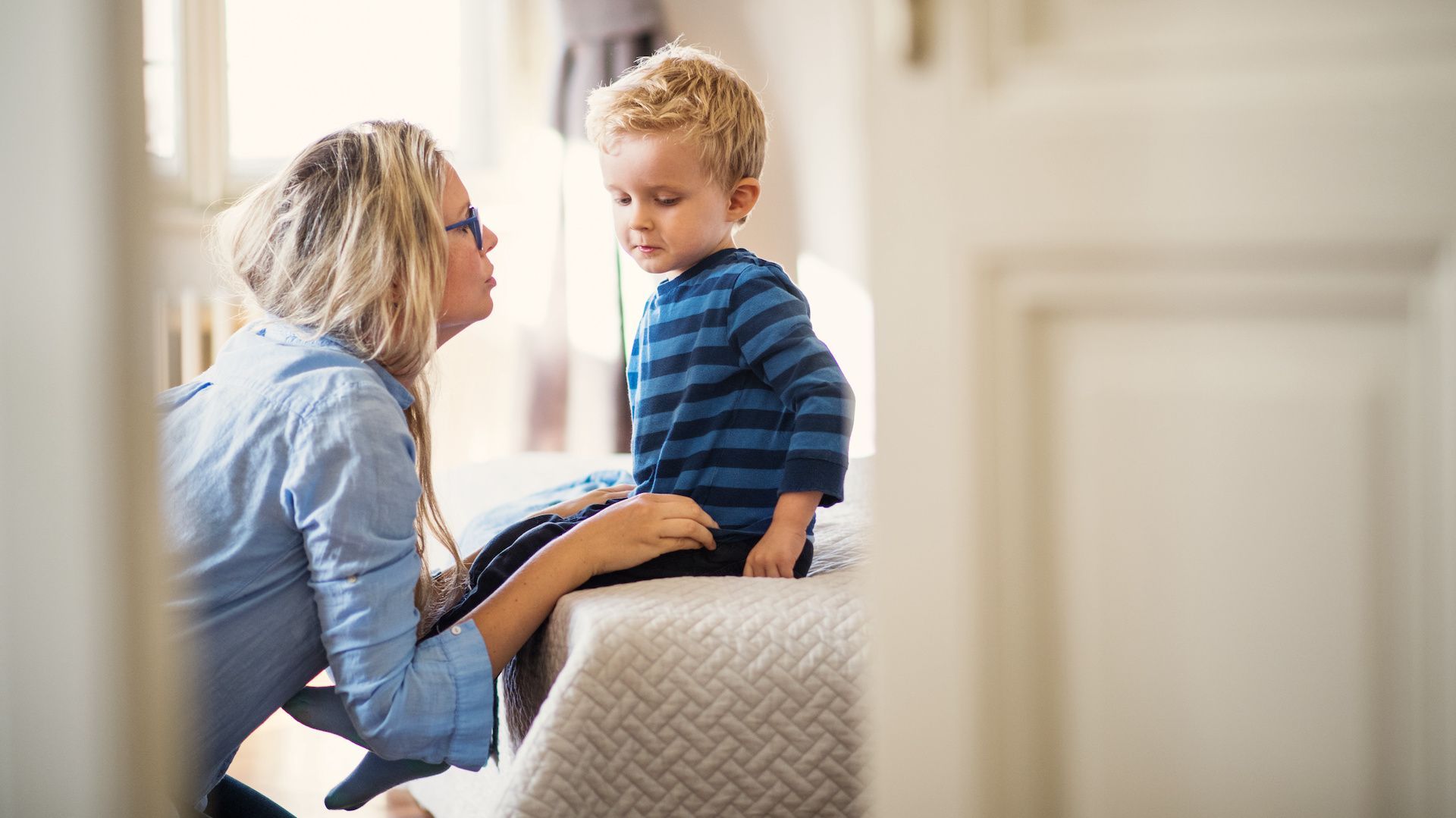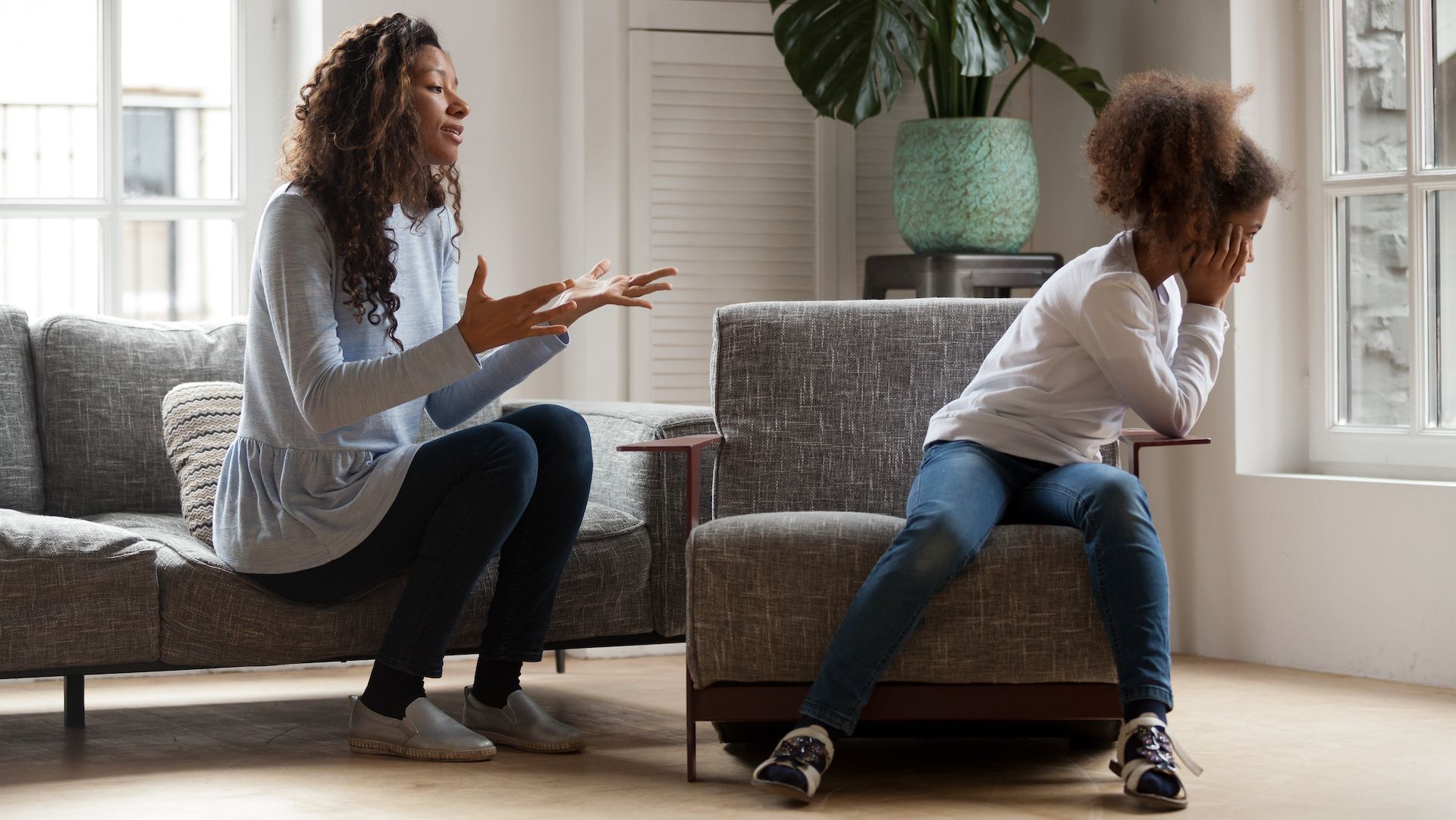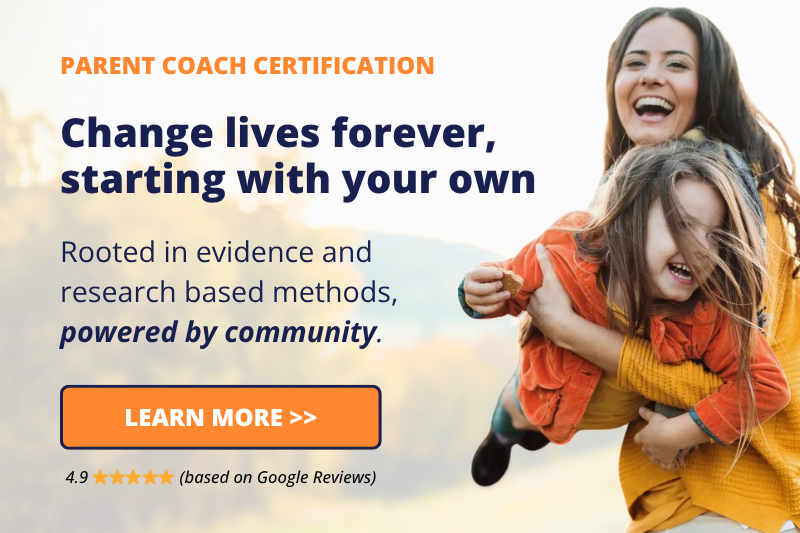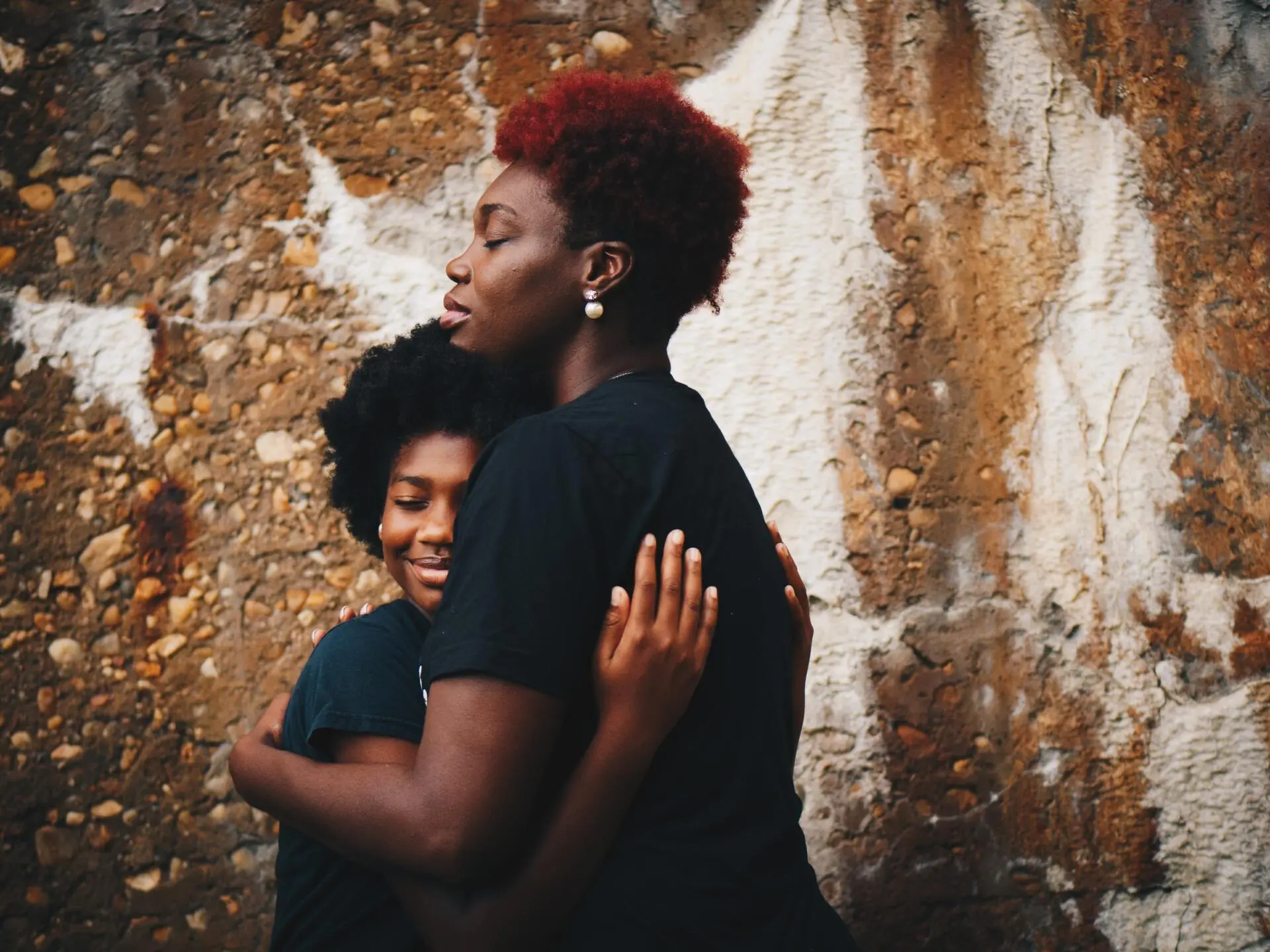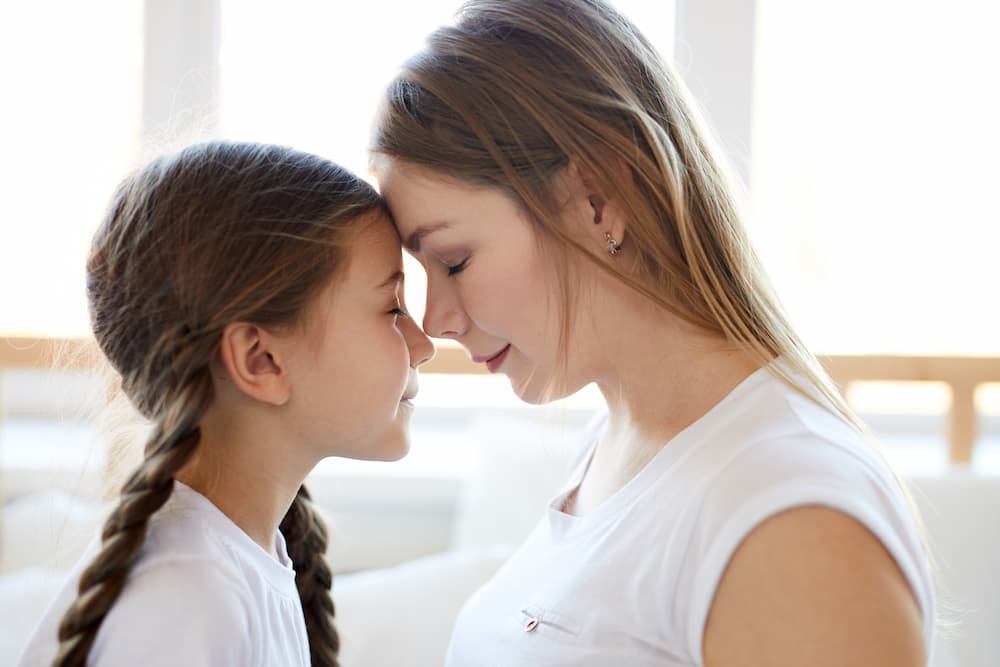Healing Generations, One Pause at a Time
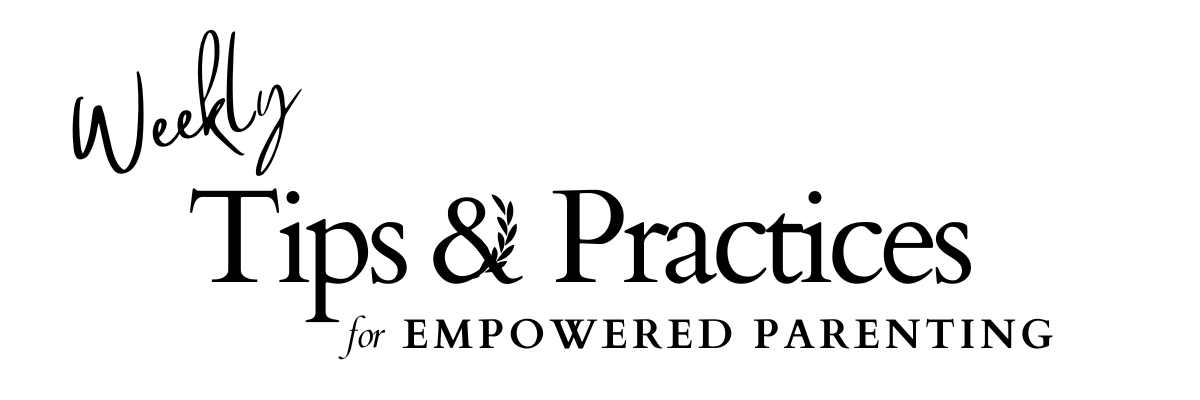
There’s a belief we hold deeply at Jai:
Every behavior makes sense.
That doesn’t mean every behavior is okay. It means there’s always a reason beneath it.
Behavior is communication. It's a signal, a story, a clue. When a child yells, hits, or melts down over something that seems small, it might not be about that moment at all.
When we meet our kids with curiosity instead of judgment, we create space for growth, healing, and connection.
And here’s something even bigger to hold:
Every person makes sense.
Not just their behavior, but their story, their patterns, and their way of moving through the world. If you looked back at the details of any person’s life, you'd start to understand why they are who they are and why they do what they do.
But we live in a world that doesn’t always leave space for that. We’re taught that people should behave a certain way to be accepted. We use tools like blame, shame, and judgment to try to fit ourselves and others into a mold. We fear being different. We long to belong. We fear our own humanity.
And when a child is born, they are welcomed into a long line of generational patterns and societal expectations. The family becomes the first teacher of love, of safety, of how to be human.
That’s why the work of healing families is so profound. When we parents heal ourselves, we offer that healing to our children.
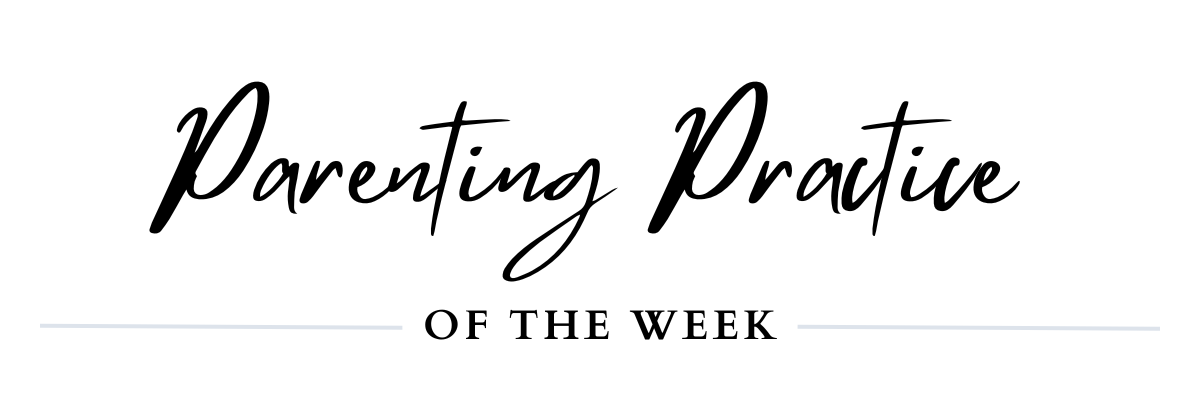
Pause and Model
We are most likely to harm our kids (emotionally or even physically sometimes) when we are dysregulated in our nervous systems.
When we’re dysregulated, whether as kids or adults, the part of the brain responsible for higher-order thinking goes quiet. Emotional centers take over, making us more reactive and less connected to our intentions.
And many of us didn’t learn how to regulate our emotions, so we join our kids in their chaos instead of staying anchored.
This week’s tip is to pause and model.
When you feel your emotional temperature rising, stop.
Say:
“I need a minute to calm down so I can respond in a way that feels good for both of us.”
Then find a quiet moment. Breathe. Cry. Shake. Do a silly anger dance. Look at yourself with tenderness. Whatever helps you return to yourself.
Then, when you feel more connected to your love and your values, return to your child and the moment.
Why It Works:
Taking a pause models to our kids how to set boundaries with ourselves when we are about to act in a way that we won’t feel good about. We stop the impulse to act before it happens, we regulate ourselves, and then we return with connection. The more we practice this, the more our children will learn it – not through lectures, but through witnessing our example.
Through the Coach Lens:
Our parent coaches are trained in nervous system science and know how to support parents to develop personalized tools and feel empowered to create relationships with their nervous system patterns.
Working with the nervous system is what enables parents to act according to their values and intentions because when the nervous system is regulated, we have more access to choice for how we will respond and behave.
This work ripples across generations.
If you’re already a coach, thank you for the depth you bring.
If you’re curious about becoming a coach, reach out. We’d love to walk with you.
Share This Article:
Curious for more?




